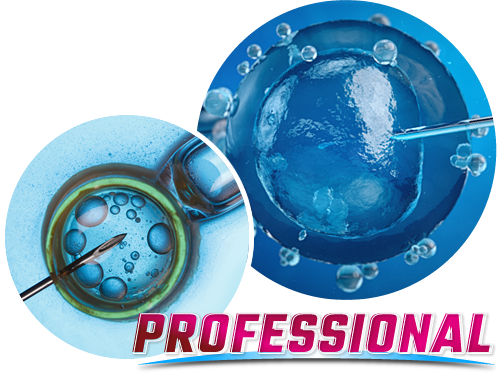
Human neuroblastoma (SH-SY5Y) cells were used to demonstrate biocompatibility (including control over direction of neurites) for multilayer thin polymer coatings with neural cells. This could be interpreted to the increase in chain mobility that led to interfacial interpenetration of the amorphous phase. Nevertheless, plasma surface treatment successfully improved the self‐bonding strength of all the PEEK films tested, with larger increase in the case of semi‐crystalline unfilled materials. XRD did not show any modification of the PEEK microstructure as a result of plasma treatment, excluding a significant influence of crystallinity on the self‐bonding mechanisms.

PEEK samples showed different bonding strength depending on their degree of crystallinity, with higher self‐bonding performance of mineral‐filled semi‐crystalline films. In particular, the relationship between auto‐adhesive properties and crystalline content of PEEK before and after plasma treatment was examined. PEEK surfaces were treated with nitrogen RF plasma and the effects on materials crystallinity and self‐bonding were evaluated. Different biomedical grade PEEK films with initial degree of crystallinity ranging from 8% to 32% (with or without mineral filling) were inspected. Polyetheretherketone (PEEK) is a thermoplastic material with outstanding properties and high potential for biomedical applications, including hermetic encapsulation of active implantable devices. Single O2/CH4- and C2H2-PIIID plasma treatments performed effectively in enhancing the adhesive strength of PEEK with almost eightfold compared to untreated control while double C2H2/O2+O2/CH4-PIIID/PIIID plasma treatment obtained an equivalent achievement. In general, the combinations of plasma gases, C2H2, CH4, and O2, were capable of achieving at least fivefold adhesive strengths of PEEKs with only CH4 plasma gas showing a negative response. Temperature, one of the self-bonding process condition parameters, is a factor influencing the functionalities of the plasma gas.
New sticky nano technology up to 300 degrees free#
The surface properties, such as wetting property, free energy, and roughness, of PEEK that influence the adhesive strength are manipulated according to the ionization power and excitation reactivity of the plasma gas implemented in the treatment.

Self-bonding of semi-crystalline polyether ether ketone (PEEK) has been successfully demonstrated through plasma immersion ion implantation and deposition (PIIID) treatment. Self-bonding of PEEK is an enabling process for the use of PEEK for devices that require hermetic seals such as active medical implants. Suggested as the major contributor that leads to that the remarkable Free radicals induced covalent bonding might be Bond strength values are alsoĬorrelated with the percentage of the sp3 components of the C 1s regionįitting in XPS spectra. Plasma treatment bias voltage and the plasma generated free radicalĭensity in the deposited thin film. There was strong relationship between the Values are linked with the percentage of the sp3 components of the C 1s Showed that surface energy also showed no correlation.

Showed no correlation between autohesive bonding strength and theĬoncentration of oxygen and nitrogen elements and or the concentration X-ray photoelectron spectroscopy (XPS) measurements (ESR) showed that the radical concentration increased linearly with

Strong autohesive bonds in lap-shear testing. Immersion ion implantation and deposition (PIIID) showed exceptionally Experimental results onĪutohesion of semi-crystalline PEEK surfaces treated with plasma Polymer surface resulted in a remarkable autohesive strength (up to 10įold when compared with the untreated control). Using a mixture of polymerizing and non-polymerizing gases on a PEEK Nanometre thick size films (about 2 nm thick) that were plasma deposited


 0 kommentar(er)
0 kommentar(er)
